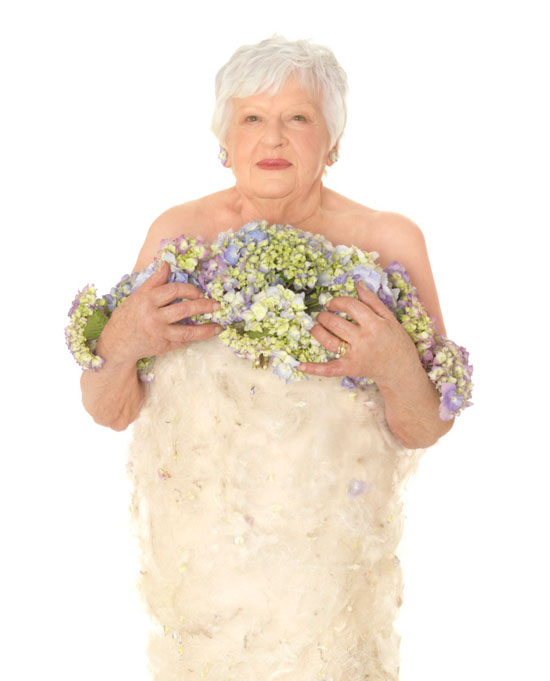
When you hear the word "polio" do your eyes glaze over and you automatically think of a third world country? If you're like me, lucky enough to be living in a first world country, safely cocooned from the horrors of most deadly diseases, we're at risk of becoming complacent. Many of us, particularly young parents today, are young enough never to have seen first hand the suffering, disablement and sometimes the death of someone close to us from a disease such as polio, that just a generation ago was very much part of our every day vernacular, resulting in fears that haunted lives during regular yearly epidemics.
We have been spared the horrors of the past purely because of the effectiveness of vaccines. Through my work as a photographer I am privileged to come in regular contact with so many parents of beautiful newborn babies, and the vast majority of these babies will go on to live normal, happy, healthy lives, free of the threat of most deadly diseases. Yet while millions of people in third world countries are desperate for vaccines, in some more 'affluent' circles today it has almost become trendy to not vaccinate your child. After all, we can't see the threat, right? Consider this -- when you choose not to vaccinate, you're not just making that choice for your own child, you're making it for every other child they come in contact with. In many cases it's only because other parents have taken the responsibility to vaccinate that makes it seem safer for your child. We must all continue to be vigilant, because if we take our eye off the ball and stop vaccinating our children, many of these diseases will return in a heartbeat.
To put a human face to polio, I have a friend whose mother contracted this disease during the last polio epidemic to sweep Australia and New Zealand, just before the polio vaccine became available in 1955. Pauline (pictured) was 32 at the time and the mother of two young children. Ironically, today her granddaughter (a new mother herself) is exactly the same age. Pauline, now 91, remembers standing in the bathroom on an ordinary day, when she suddenly collapsed, picked herself up and collapsed again. She called her doctor and told him she had polio, to which her doctor replied "oh no, not you, you're too healthy." Polio is obviously a lottery.

Pauline. Photo by Anne Geddes.
Pauline spent five months in isolation in hospital, separated from her family, and remembers an awful noise on first being admitted to the Isolation Ward -- an iron lung . A few days later she woke to silence and realized that the woman in the iron lung had passed away. During those five months she was in constant fear that her two young children would also contract the disease, and every time there was a new admission to the ward she would ask if it was a child.
Another three years of rehabilitation followed, during which Pauline had to wear a surgical corset to stay upright, as polio had affected the muscles across her stomach, in addition to her left leg. She continued to suffer debilitating cramps for many years, and into her 70s the effects of polio re-emerged as post polio syndrome. So you see, polio sufferers often receive a life sentence.
Pauline's battle with polio occurred only a generation ago, in a large city in New Zealand. We must be ever vigilant. Even though many deadly diseases have mostly been eradicated in first world countries, this is solely due to the power of vaccine programs. These diseases never completely disappear -- we simply hold them at bay, and there is plenty of evidence to prove that even today, in pockets of first world countries where young parents have chosen not to vaccinate, these terrible diseases soon start creeping back. To quote Seth Mnookin in his book The Panic Virus, the more effective vaccines are, the less necessary they seem. Pauline's granddaughter was determined that her own baby daughter be vaccinated, yet her husband was initially hesitant -- until one day, visiting a friend's child in hospital, he heard a baby with whooping cough in the next room.
********
(Anne Geddes is the Global Advocate for Shot@Life. Find out more about how you can help. Visit www.shotatlife.org.)
1 A form of medical ventilator used at the time that enabled a person to breathe when normal muscle control had been lost or the work of breathing exceeded the person's ability.
2 Most often in later life, polio survivors start to experience gradual new weakening in muscles that were previously affected by the polio infection. The most common symptoms include slowly progressive muscle weakness, fatigue (both generalized and muscular) and a gradual decrease in the size of muscles (muscle atrophy). Pain from joint degeneration and increasing skeletal deformities such as scoliosis (curvature of the spine) is common and may precede the weakness and muscle atrophy. Some individuals experience only minor symptoms while others develop visible muscle weakness and atrophy.